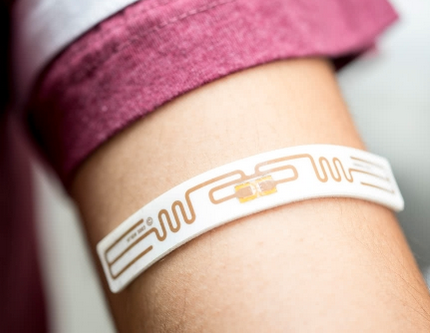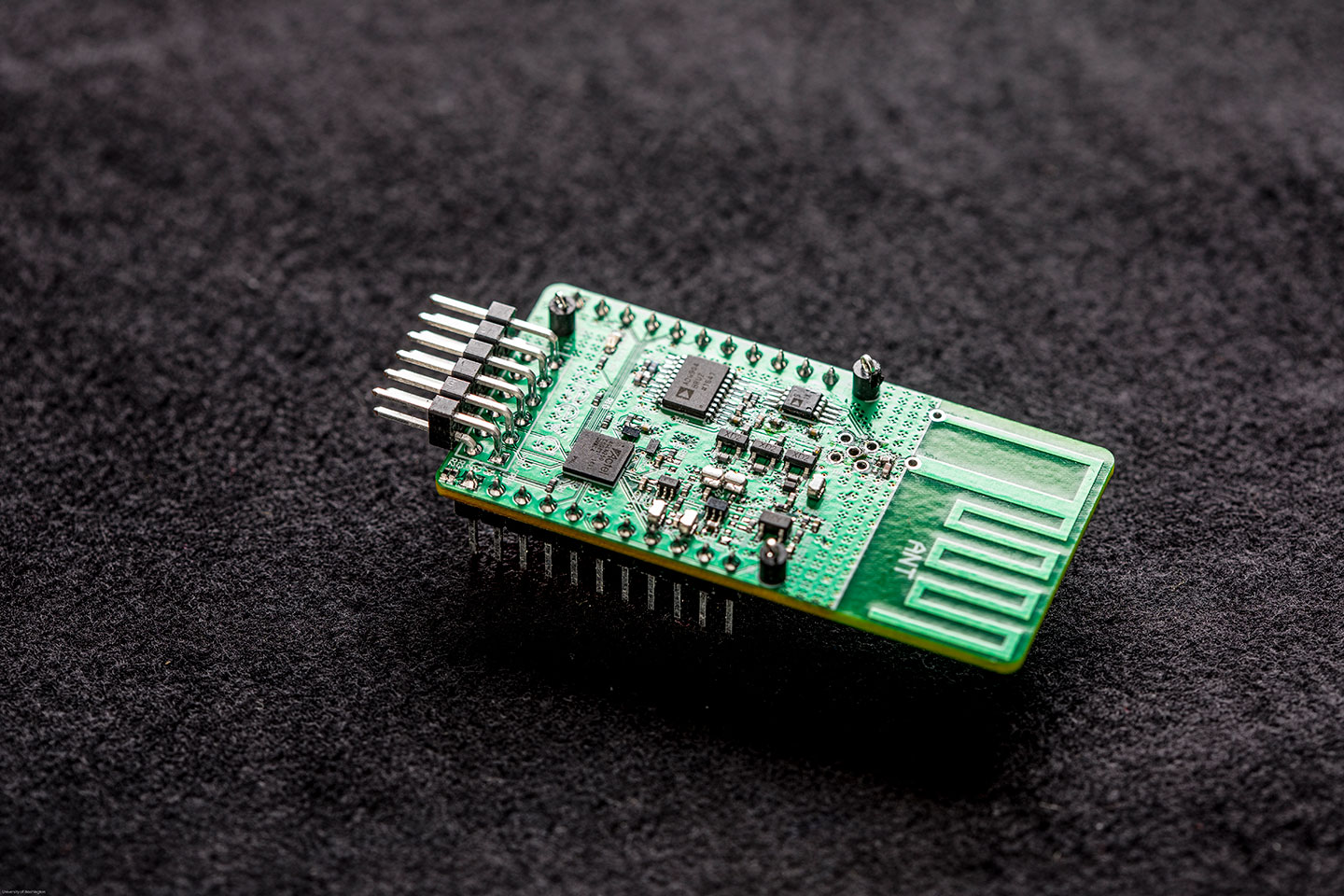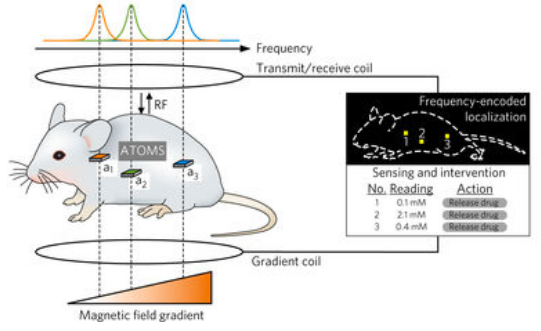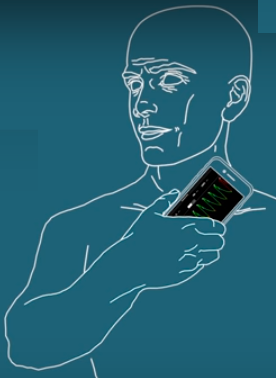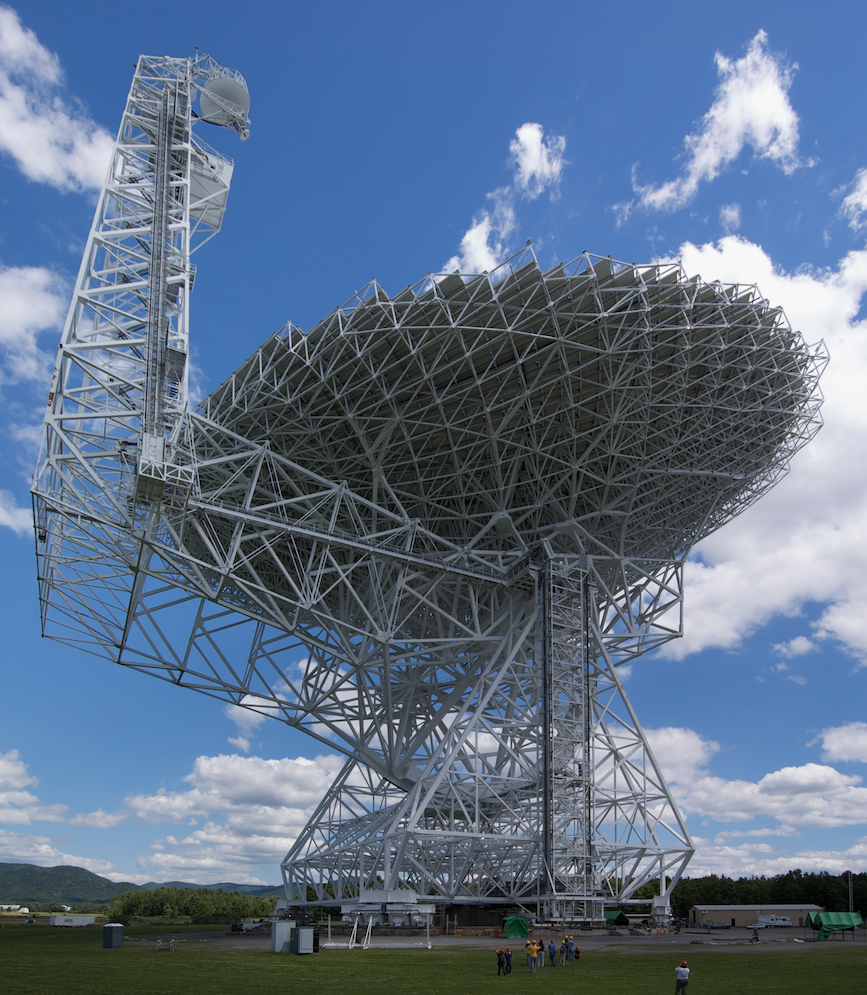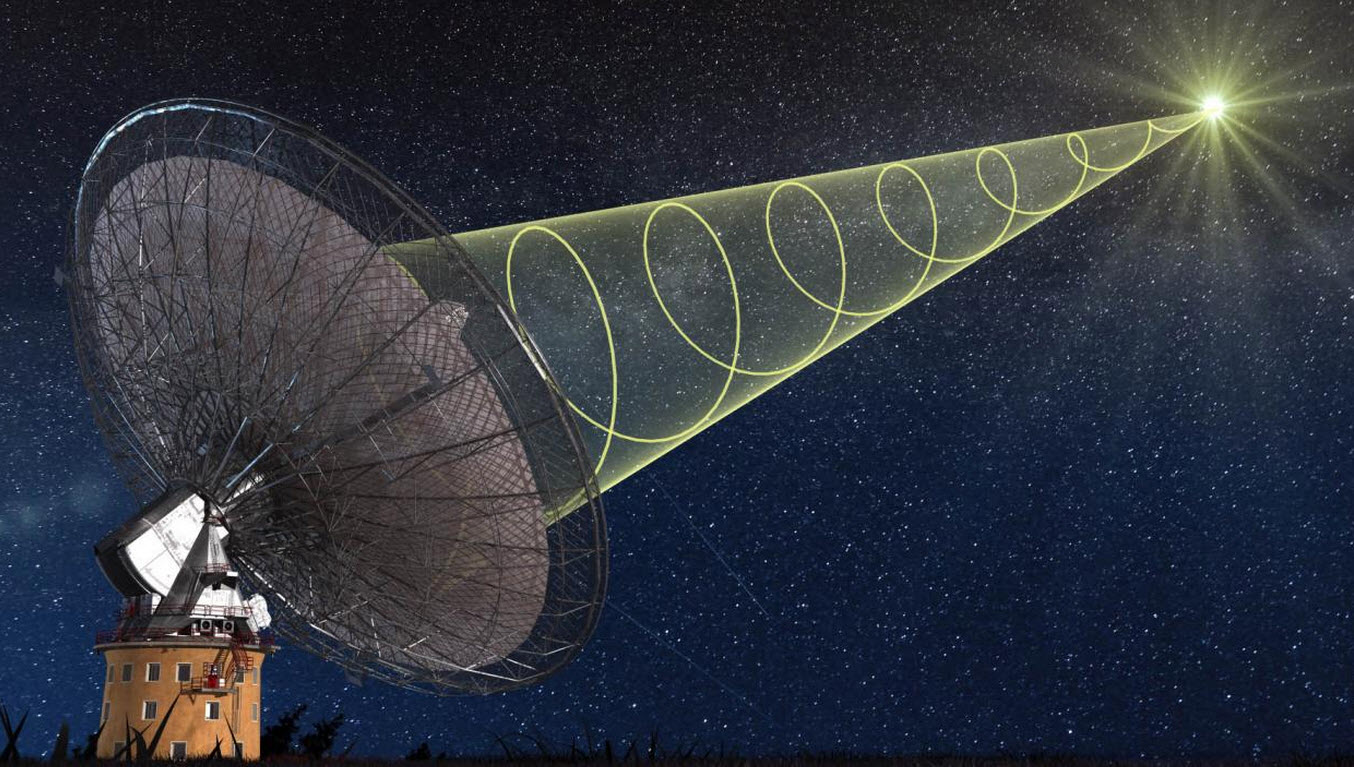
(L) The electrically actuated muscle with thin resistive wire in a rest position; (R) The muscle is expanded using only a low voltage (8V). (credit: Aslan Miriyev/Columbia Engineering)
Researchers at the Columbia Engineering Creative Machines lab have developed a 3D-printable, synthetic soft muscle that can mimic natural biological systems, lifting 1000 times its own weight. The artificial muscle is three times stronger than natural muscle and can push, pull, bend, twist, and lift weight — no external devices required.
Existing soft-actuator technologies are typically based on bulky pneumatic or hydraulic inflation of elastomer skins that expand when air or liquid is supplied to them, which require external compressors and pressure-regulating equipment.
“We’ve been making great strides toward making robot minds, but robot bodies are still primitive,” said Hod Lipson, PhD, a professor of mechanical engineering. “This is a big piece of the puzzle and, like biology, the new actuator can be shaped and reshaped a thousand ways. We’ve overcome one of the final barriers to making lifelike robots.”
The research findings are described in an open-access study published Tuesday Sept. 19, 2017 by Nature Communications.
Replicating natural motion
Inspired by living organisms, soft-material robotics hold promise for areas where robots need to contact and interact with humans, such as manufacturing and healthcare. Unlike rigid robots, soft robots can replicate natural motion — grasping and manipulation — to provide medical and other types of assistance, perform delicate tasks, or pick up soft objects.

Structure and principle of operation of the soft composite material (stereoscope image scale bar is 1 mm). Upon heating the composite to a temperature of 78.4 °C, ethanol boils and the local pressure inside the micro-bubbles grows, forcing the elastic silicone elastomer matrix to comply by expansion in order to reduce the pressure. (credit: Aslan Miriyev et al./Nature Communications)
To achieve an actuator with high stress and high strain coupled with low density, the researchers used a silicone rubber matrix with ethanol (alcohol) distributed throughout in micro-bubbles. This design combines the elastic properties and extreme volume change attributes of other material systems while also being easy to fabricate, low cost, and made of environmentally safe materials.*
The researchers next plan to use conductive (heatable) materials to replace the embedded wire, accelerate the muscle’s response time, and increase its shelf life. Long-term, they plan to involve artificial intelligence to learn to control the muscle — perhaps a final milestone towards replicating natural human motion.
* After being 3D-printed into the desired shape, the artificial muscle was electrically actuated using a thin resistive wire and low-power (8V). It was tested in a variety of robotic applications, where it showed significant expansion-contraction ability and was capable of expansion up to 900% when electrically heated to 80°C. The new material has a strain density (the amount of deformation in the direction of an applied force without damage) that is 15 times larger than natural muscle.
Columbia Engineering | Soft Materials for Soft Actuators
Abstract of Soft material for soft actuators
Inspired by natural muscle, a key challenge in soft robotics is to develop self-contained electrically driven soft actuators with high strain density. Various characteristics of existing technologies, such as the high voltages required to trigger electroactive polymers ( > 1KV), low strain ( < 10%) of shape memory alloys and the need for external compressors and pressure-regulating components for hydraulic or pneumatic fluidicelastomer actuators, limit their practicality for untethered applications. Here we show a single self-contained soft robust composite material that combines the elastic properties of a polymeric matrix and the extreme volume change accompanying liquid–vapor transition. The material combines a high strain (up to 900%) and correspondingly high stress (up to 1.3 MPa) with low density (0.84 g cm−3). Along with its extremely low cost (about 3 cent per gram), simplicity of fabrication and environment-friendliness, these properties could enable new kinds of electrically driven entirely soft robots.


